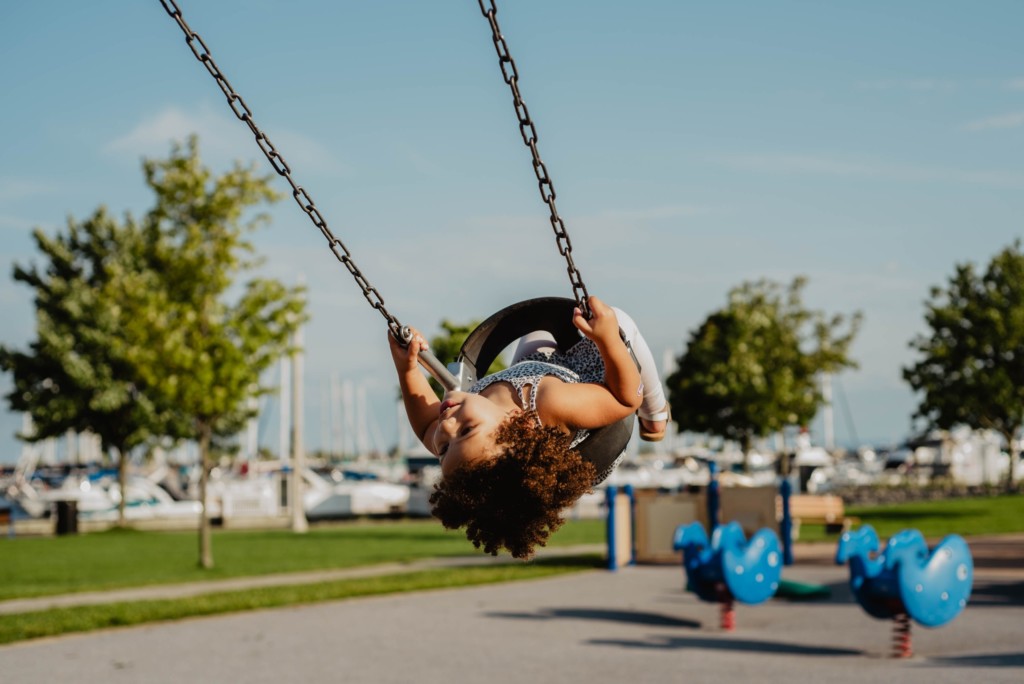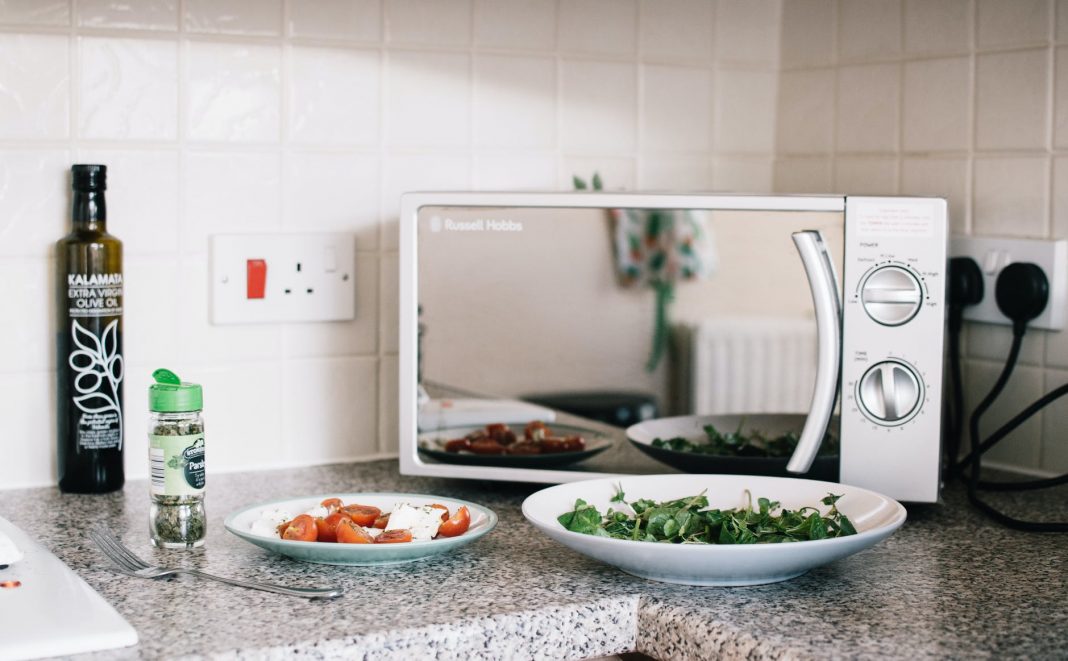Covid-19 is taking over my inbox, my text messages, my phone calls, and my dinner conversation. I’ve determined that this piece will be about anything but Covid-19.
Instead, this is a story about my microwave.
One day in late spring 2019, I was using the microwave and I noticed it was sparking. I ran over, popped the door open, cleared everything out, and reset it. More sparks. After giving it a good wipe down, I tried to warm food one more time with the same result. And then my husband put a note on it.
Do Not Use.
And there it sat, with its lonely, hot pink sticky note as the days went by. Each member of the family forgot, opening the cabinet door only to groan in frustration. “Oh yeah,” the kids said. “But how will I defrost my bagel/heat up pizza/warm water for hot tea?”
My husband and kids thought I had really lost my marbles when I suggested they use a pan or the oven. They begged me to buy a new microwave. I refused. Round and round we went.
The kids stopped asking if I’d buy a new microwave.
My reasons:
- I’m okay with my family being inconvenienced. We have a four-slice toaster, and the kids consume approximately 18 Eggo waffles daily. I knew we were going to survive.
- I could not bear the thought of a microwave in the landfill, so I’d need to seek out the proper recycling facility and make the trip.
- I also could not bear the thought of throwing away a huge box of plastic and metal, only to replace it with another box of plastic and metal.
It felt greedy, privileged, and wasteful to replace the microwave. The summer and fall came and went. The microwave sat there staring at me, unused, with its faded sticky note of despair. I stopped buying frozen bagels and Lean Cuisine.
A few times my husband suggested we could run an errand to Best Buy to pick up a new microwave, but I never prioritized it. The kids stopped asking if I’d buy a new one.
In the winter, I bought a stainless steel tea kettle. More helpful than I anticipated, I use the water to soak a pan while we eat dinner. My oldest started making more tea, and when my flu-ridden mother-in-law came to visit from Boston, the kettle was very helpful. It felt homey and old fashioned, and I loved it.
My kids learned how to turn on the oven, warm food, and heat leftovers in a pan. And, gasp, they sometimes ate cold pizza.
I noticed the toaster was taking longer and longer to achieve the perfect, golden brown toast. Now my toaster was on the fritz, the microwave was collecting dust, and I was hosting some friends for breakfast.
When I told my mom friends that I’d been living without a microwave, it sparked (no pun intended) shock — followed by a lot of questions.
- How do you reheat your coffee? I don’t. I get a fresh cup or I don’t drink any.
- What about baked potatoes? I cook them in the oven.
- Pizza? Eat it cold.
- Leftovers? Warm them in the oven.
That conversation changed my mind – not about the microwave, but about adding a new appliance to my kitchen.
Loading up the car, I took the aging toaster and the dead microwave to CHaRM (The Center for Hard to Recycle Materials). Located in Southeast Atlanta, CHaRM is ground zero for batteries, small appliances, old cords and chargers, mattresses, paint, chemicals, and dozens more items.
It was about 24 hours between the time when I recycled the microwave and toaster when the shiny new toaster oven arrived. I narrowly survived the revolt when the kids realized they couldn’t have waffle or three for breakfast.
But, the Cuisinart toaster oven arrived, and the kids have never been happier.


















